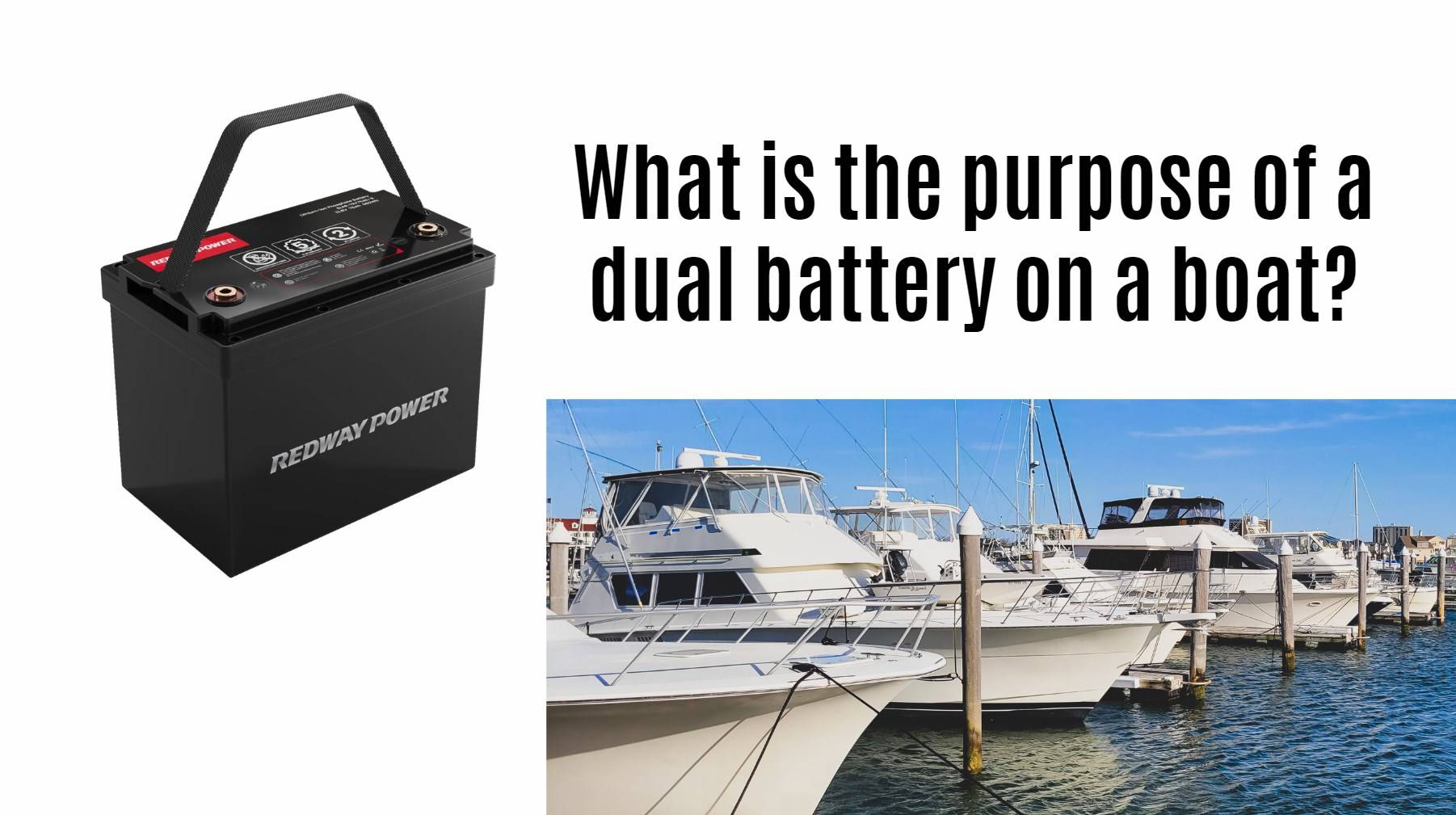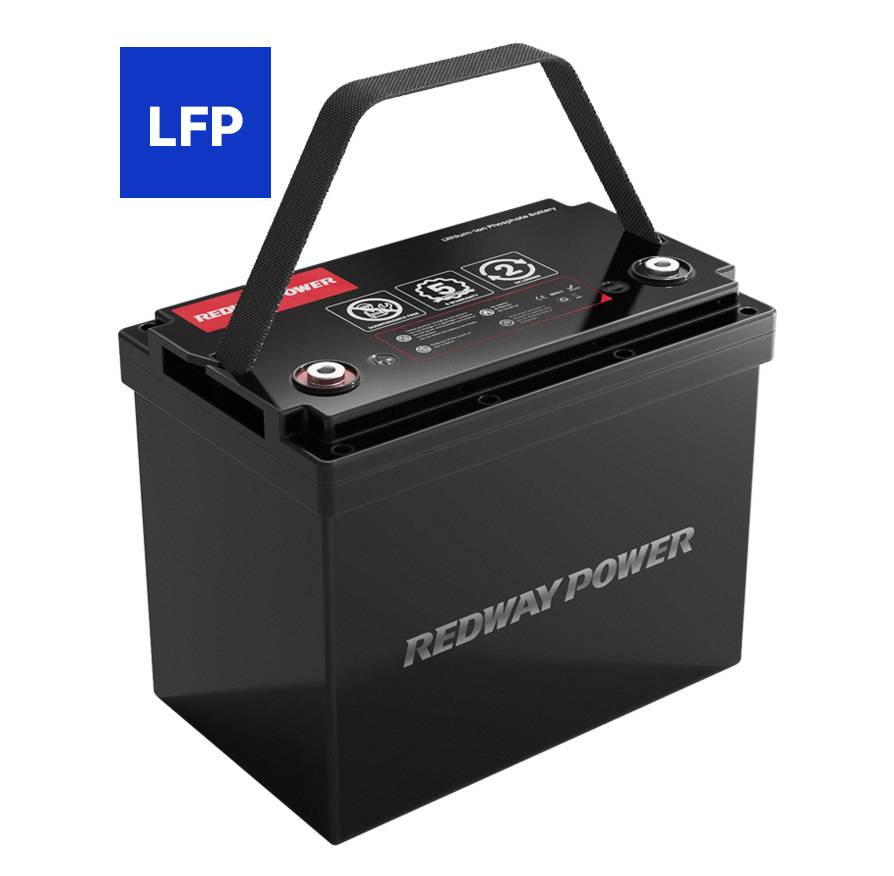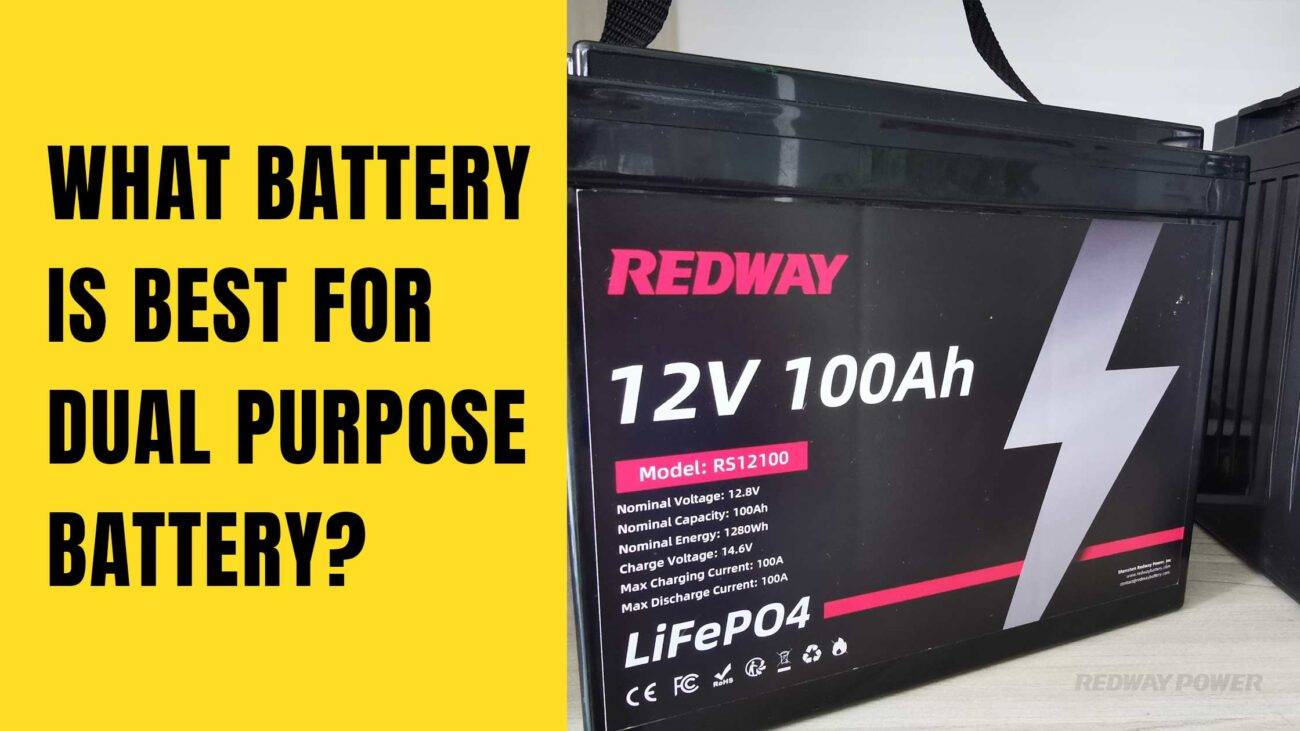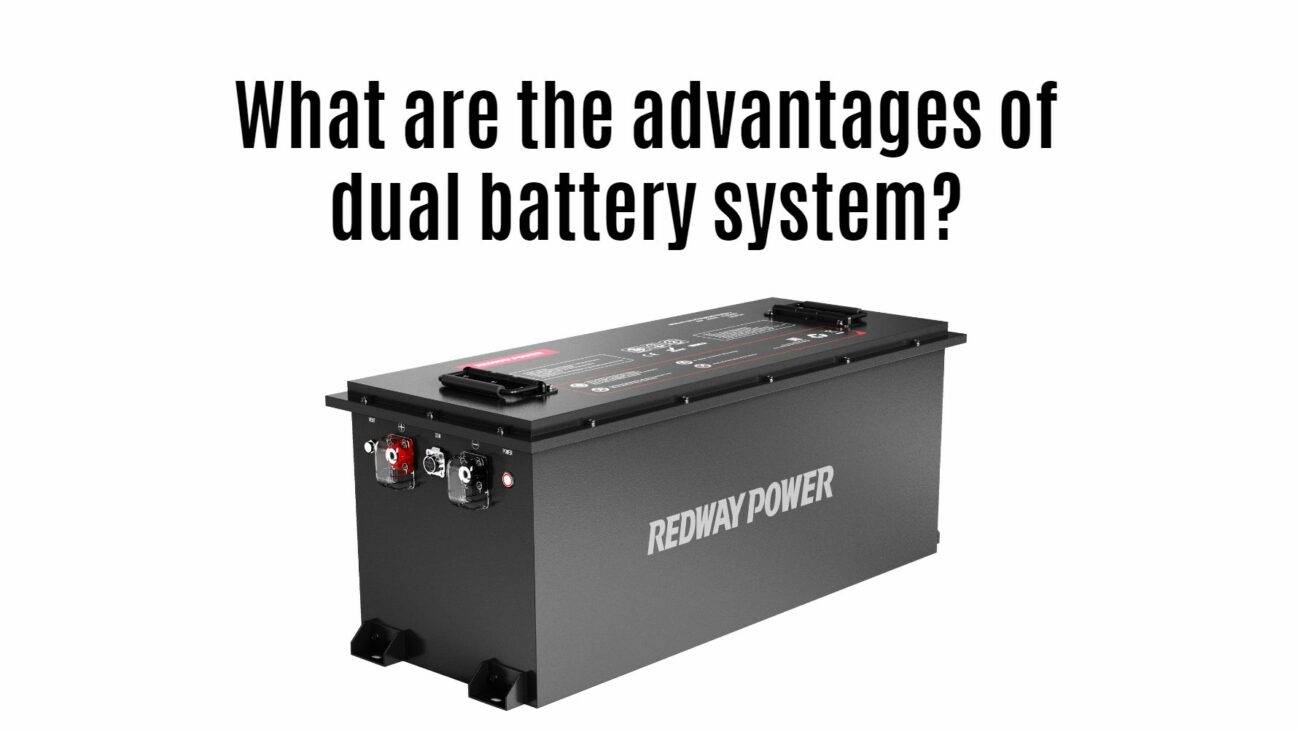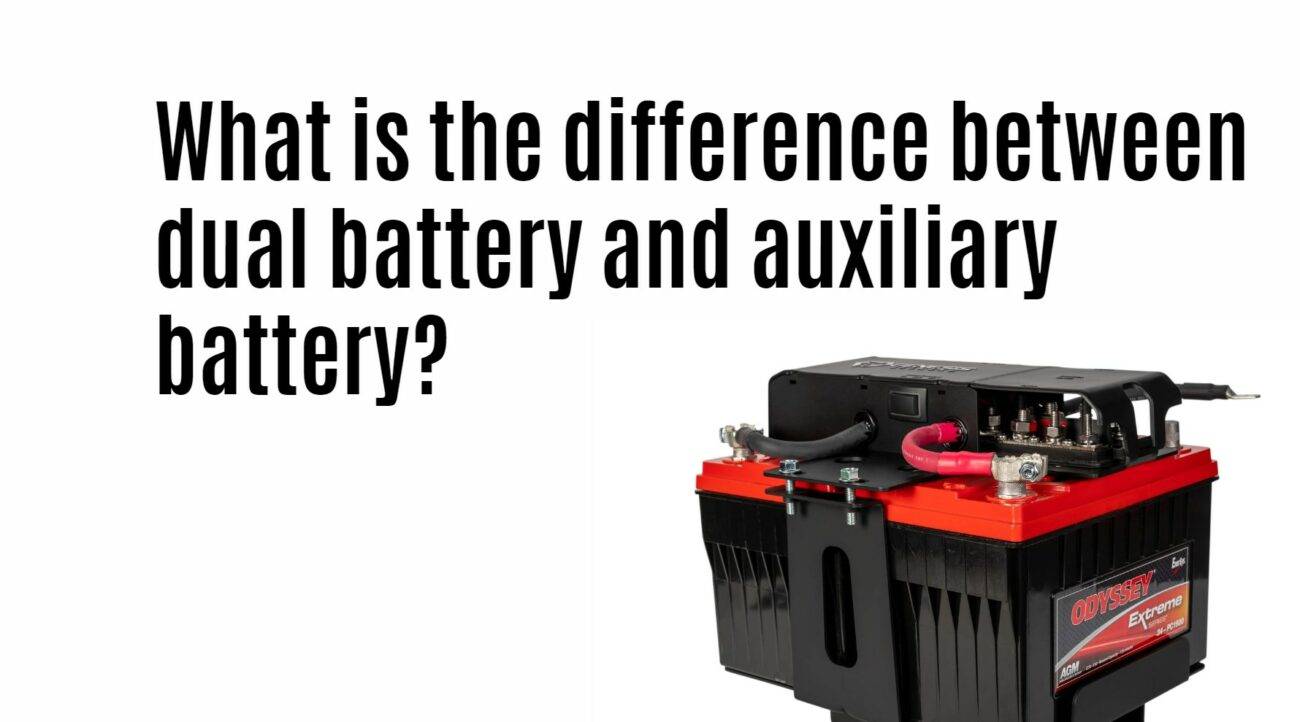-
Redundancy and Backup Power:
One of the primary purposes of a dual battery system on a boat is to provide redundancy. With two batteries connected in parallel or series, there is always a backup power source available in case one battery fails. This redundancy offers peace of mind, especially during long trips or in remote locations where immediate battery replacement may not be feasible. -
Isolation of Power:
Another important purpose of a dual battery setup is the ability to isolate power for different electrical components on the boat. By separating the power supply, excessive power draw from one component does not affect the performance of others. This ensures a consistent power supply to each component, preventing potential issues caused by power fluctuations. -
Reliable Operation:
The dual battery system plays a crucial role in maintaining reliable operation on a boat. It ensures that essential electrical components, such as navigation systems, radios, and lights, have a steady power supply. This reliability is particularly important during critical situations, such as emergencies or when navigating unfamiliar waters.
Table of Contents
ToggleBenefits of having a dual battery system
Let’s simplify this topic. Imagine your electronics at home. You’ve probably got a TV, a game console, and maybe a refrigerator. Now, if you plug all these into one outlet, you might blow a fuse, right?
- Reliability: Having a dual-battery is like having two outlets. If you blow one fuse, you can still use the other one to power your essentials.
- Power for Extra Equipment: It’s like having a dedicated outlet for your gaming console so you can play without worrying about your refrigerator not having enough power.
- Save the Main Battery: This is like saving one outlet just for your refrigerator, so it keeps running no matter what.
Different types of dual battery setups
- Isolated Dual Battery: Think of it as a tag team. While one works, the other rests, then switches. The isolator ensures they don’t mix up their jobs.
- Integrated Dual Battery: These batteries are the dynamic duo. They work together, simultaneously charging to keep everything powered up uniformly.
- Jump Start System: It’s the emergency backup, a trustworthy friend that steps in to start your engine if your main battery ever calls in sick.
Understanding the purpose of each battery in a dual battery system
In a vehicle with two batteries, one gets your engine going, and the other keeps your gadgets running. It’s like having one battery for the short sprint and another for the marathon, making sure you’re always ready for adventure without getting stuck!
How to properly install and maintain a dual battery system
Picture the ‘Dual Battery System’ as team-members in your vehicle, working together to keep you going on the road.
Common misconceptions about dual batteries on boats
Boat dual batteries don’t double power, but offer a backup or run extra gear. They need proper charging and regular care, and matching batteries work best.
-
Backup, Not Boost: Two batteries aren’t for more speed, but for backup power or running your boat’s gadgets.
-
Charging Needs Attention: Both batteries don’t juice up the same way; they need a smart charger to keep things equal.
-
Routine Check-Ups: Like a check-up at the doctor, both batteries need regular care to ensure they’re healthy.
-
Matchmaker Game: Pairing up any random two batteries isn’t wise; they should be like twins for the best teamwork.
In short, dual batteries on boats are there for safety and extra functionality, not extra speed. They need smart charging and care, plus, when picking batteries, two of a kind is the winning hand. It’s all about ensuring your boat’s energy needs are met reliably and effectively, like having a good co-captain in charge of power!
New Insights
Here are the latest news articles discussing the purpose of a dual battery system on a boat:
- Field & Stream highlights the versatility of dual-purpose marine batteries, such as the Optima Blue Top, which can start a boat’s engine and power its accessories. This dual functionality simplifies boaters’ lives by combining the functions of starting and deep-cycle batteries into one, providing both impressive starting power and the ability to handle deep cycling demands.
- AllAboutMarina emphasizes the advantages of dual-purpose marine batteries, explaining that they offer both efficiency and longevity. These batteries are designed to endure the harsh marine environment, making them more reliable and durable. The dual-purpose nature of these batteries saves space on the boat and provides a convenient all-in-one solution for boaters with limited battery storage space.
- BoatTest discusses the importance of proper boat battery maintenance, which can extend the life of dual-purpose batteries. The article suggests that ensuring batteries are fully charged after each use can alleviate sulfation and prolong battery life, which is particularly important for dual-purpose batteries that are subjected to both starting and deep-cycle demands.
These articles collectively underscore the practicality and convenience of dual battery systems on boats, providing both the necessary power for starting engines and running electrical accessories, while also emphasizing the importance of proper maintenance to ensure their longevity and performance.
“Dual battery systems on boats offer a seamless blend of power and convenience, catering to the multifaceted energy demands of marine environments. The integration of starting and deep-cycle capabilities within a single unit not only optimizes space utilization but also enhances the overall boating experience. As a lithium battery expert, I commend the emphasis on proper maintenance practices highlighted in recent discussions, as they are pivotal in maximizing the lifespan and performance of these versatile power solutions.” — Mr. Raza, Lithium Battery Expert from Redway Power
FAQs
What are some advanced accessories that can be added to enhance a dual battery setup on a boat?
Enhancing a dual battery setup on a boat can be done with advanced accessories. Consider a battery isolator kit to efficiently charge and prevent draining. Install a rocker switch panel with USB ports and voltmeters. Upgrading to deep cycle lithium batteries offers longer lifespan and faster charging. Use professional-grade smart battery chargers to optimize charging cycles. Replace standard switches with waterproof, illuminated rocker switches for durability. Choose accessories that match your boat’s needs for optimal performance.
What is a marine dual battery setup and why is it important for boaters?
A marine dual battery setup is important for boats as it provides reliable power. It consists of two batteries connected in parallel or series. One battery starts the engine, while the other powers lights, pumps, and electronics. This setup offers redundancy and the ability to isolate batteries for specific functions, enhancing safety during boating adventures.
What are the key takeaways for maximizing marine adventures with a reliable dual battery system?
- Non-stop Power: Dedicate one battery to starting the engine, while the other powers electronics, ensuring continuous operation.
- Safety: Have a backup battery in case one fails, ensuring a safe return to shore.
- Proper Selection: Choose the right batteries for your specific needs, considering capacity and compatibility.
- Maintenance: Regularly check battery levels, connections, and charge status for optimal performance.
How can boaters maintain and troubleshoot the dual battery system to ensure reliability on the water?
Maintain and troubleshoot your boat’s dual battery system with these tips: Regularly check for wear, rust, and loose wires. Keep battery terminals clean using a mixture of baking soda and water. Ensure all cables and connections are tight and secure. These practices help ensure reliability on the water.
What are the steps involved in installing and wiring a marine dual battery system?
To install and wire a marine dual battery system, follow these steps: Choose a dual battery switch designed for two batteries. Install the second battery according to engine specifications. Mount the switch in a convenient location. Connect positive cables first, using marine-grade cables and secure connections. Connect negative cables last. Remember safety precautions for a reliable dual battery system.
How do marine dual battery systems work, and what advantages do they offer?
A marine dual battery system consists of two batteries connected in parallel or series to provide reliable power for boats. It offers redundancy, isolates power sources, increases capacity, and enhances safety. With dual batteries, essential systems always have ample power, ensuring a worry-free boating experience.
-
Redundancy: With two batteries, there is a backup power source in case one battery fails. This ensures a safe return to shore and avoids being stranded on the water.
-
Isolation of Power Sources: By dedicating one battery for starting the engine and the other for auxiliary systems, the risk of accidental discharge of the starting battery is minimized. This helps ensure that the engine can always be started when needed.
-
Increased Capacity: Dual batteries provide more power, which is especially beneficial during extended trips or when using multiple onboard accessories. This increased capacity ensures that there is enough power to meet the demands of various systems and equipment on the boat.
Where to seek advice on boat wiring?
- Consult with marine electricians, boat manufacturers, and boat wiring specialists.
- Engage in boating forums and online communities for advice from experienced boaters.
- Utilize online resources like tutorials, guides, and wiring diagrams for guidance.
- Ensure the advice obtained aligns with safety standards and regulations.
How to wire batteries in parallel for a boat?
- Ensure batteries are of the same manufacturer, type, size, and age.
- Disconnect electrical devices from batteries.
- Connect positive terminals of batteries with a cable.
- Connect negative terminals of batteries with a cable.
- Avoid interconnecting positive and negative terminals.
By wiring batteries in parallel, you can increase the amp-hour rating for improved power supply on your boat.
What tools are needed for boat wiring?
- Wire crimpers, strippers, and cutters for proper wire preparation.
- Connectors and shrink tubing to securely join wires.
- A heat gun or lighter to shrink the tubing and create a tight seal.
- A multimeter to test circuits and measure electrical parameters.
- A soldering iron for soldering connections if needed.
- Marine-grade wire to withstand the marine environment.
- Other components like terminals, fuses, switch panels, cables, battery terminals, bilge pumps, circuit breakers, and battery chargers.
Having these tools and components will ensure a successful boat wiring project and a reliable electrical system.
What’s the best battery setup for a fishing boat?

- Consider lithium batteries for high performance and durability.
- Opt for deep-cycle batteries to power onboard electronics and accessories.
- Implement a dual battery setup for redundancy and increased power capacity.
- Choose the appropriate battery group size, such as Group 24, Group 27, or Group 31, based on power requirements.
By carefully selecting the battery setup, you can ensure reliable power supply and optimal performance for your fishing boat.

